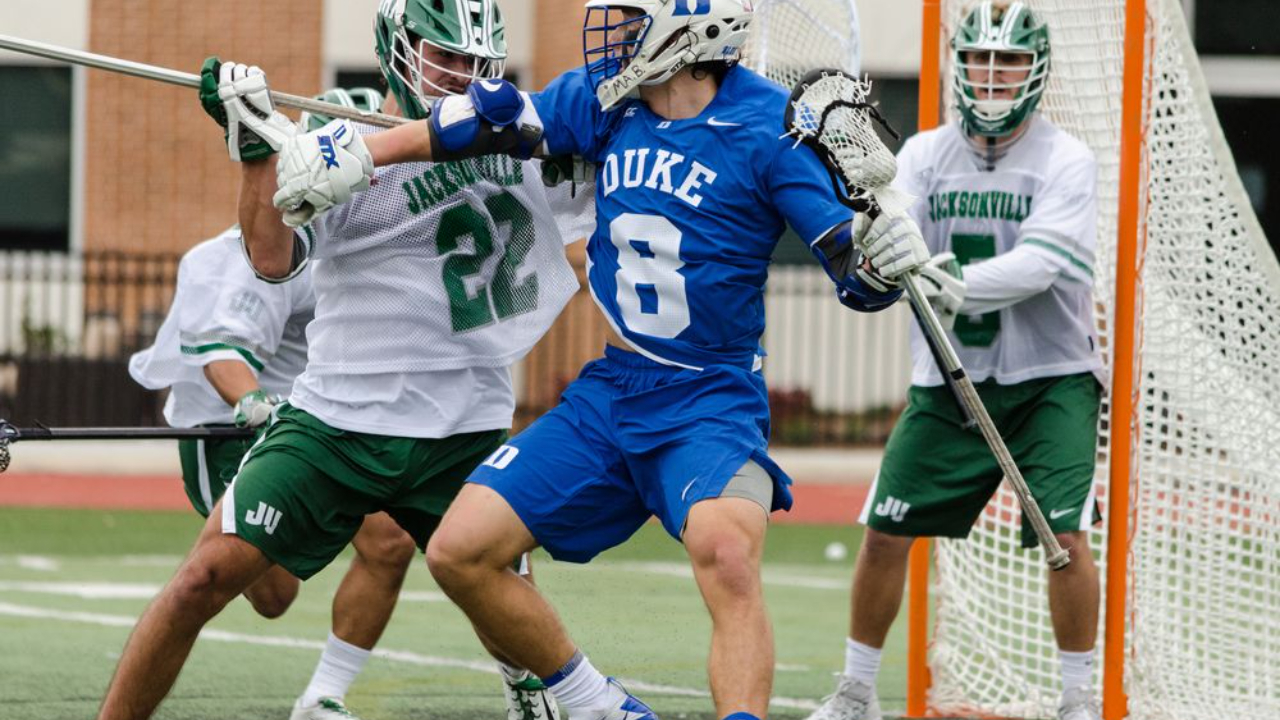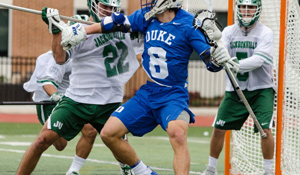
Surgery for shoulder dislocation is typically considered when non-surgical treatments fail or if there is a high risk of recurrent dislocations. The goal of surgical intervention is to stabilize the shoulder joint and prevent further dislocations. Here are the common types of surgeries performed for shoulder dislocation:
- Bankart Repair
This is one of the most common procedures for recurrent shoulder dislocations, especially if the dislocation is caused by a torn labrum (the cartilage around the shoulder socket). The surgery can be performed arthroscopically (minimally invasive) or through open surgery. During a Bankart repair, the surgeon reattaches the torn labrum to the shoulder socket.
- Latarjet Procedure
This procedure is often used for patients who have significant bone loss in the shoulder socket (glenoid) or who have had multiple dislocations. It involves transferring a piece of bone from another part of the shoulder (the coracoid process) to the front of the glenoid to increase stability.
- Capsular Shift or Capsular Plication
These procedures address shoulder instability by tightening the joint capsule, which is the ligamentous structure surrounding the shoulder. This can help reduce excessive mobility and prevent dislocations. This can be done arthroscopically.
- Remplissage
This technique is often used in conjunction with Bankart repair. It involves filling in a Hill-Sachs lesion (a dent in the humeral head caused by repeated dislocations) by suturing the infraspinatus tendon into the defect. This helps prevent the humeral head from engaging with the glenoid rim and dislocating again.
- SLAP Repair
For superior labral tears, especially those involving the biceps tendon, a SLAP (Superior Labrum Anterior to Posterior) repair might be necessary. This involves reattaching the labrum to the glenoid.
Recovery and Rehabilitation
Post-surgery, rehabilitation is crucial for recovery. The initial phase focuses on protecting the shoulder while the tissues heal, often requiring the use of a sling. Gradually, physical therapy helps restore range of motion, strength, and stability. Full recovery and return to sports or high-demand activities typically take several months.
Indications for Surgery
- Recurrent dislocations despite conservative treatment
- Significant bone loss or large Hill-Sachs lesions
- High-risk individuals (e.g., athletes, manual laborers)
- Associated injuries like rotator cuff tears or severe labral tears
Risks and Complications
As with any surgery, there are potential risks including infection, nerve injury, stiffness, and the possibility of recurrent dislocation. However, surgical intervention generally has a high success rate in stabilizing the shoulder and preventing further dislocations.
Consultation with an orthopedic surgeon specialized in shoulder injuries is essential to determine the most appropriate surgical option based on individual circumstances.








